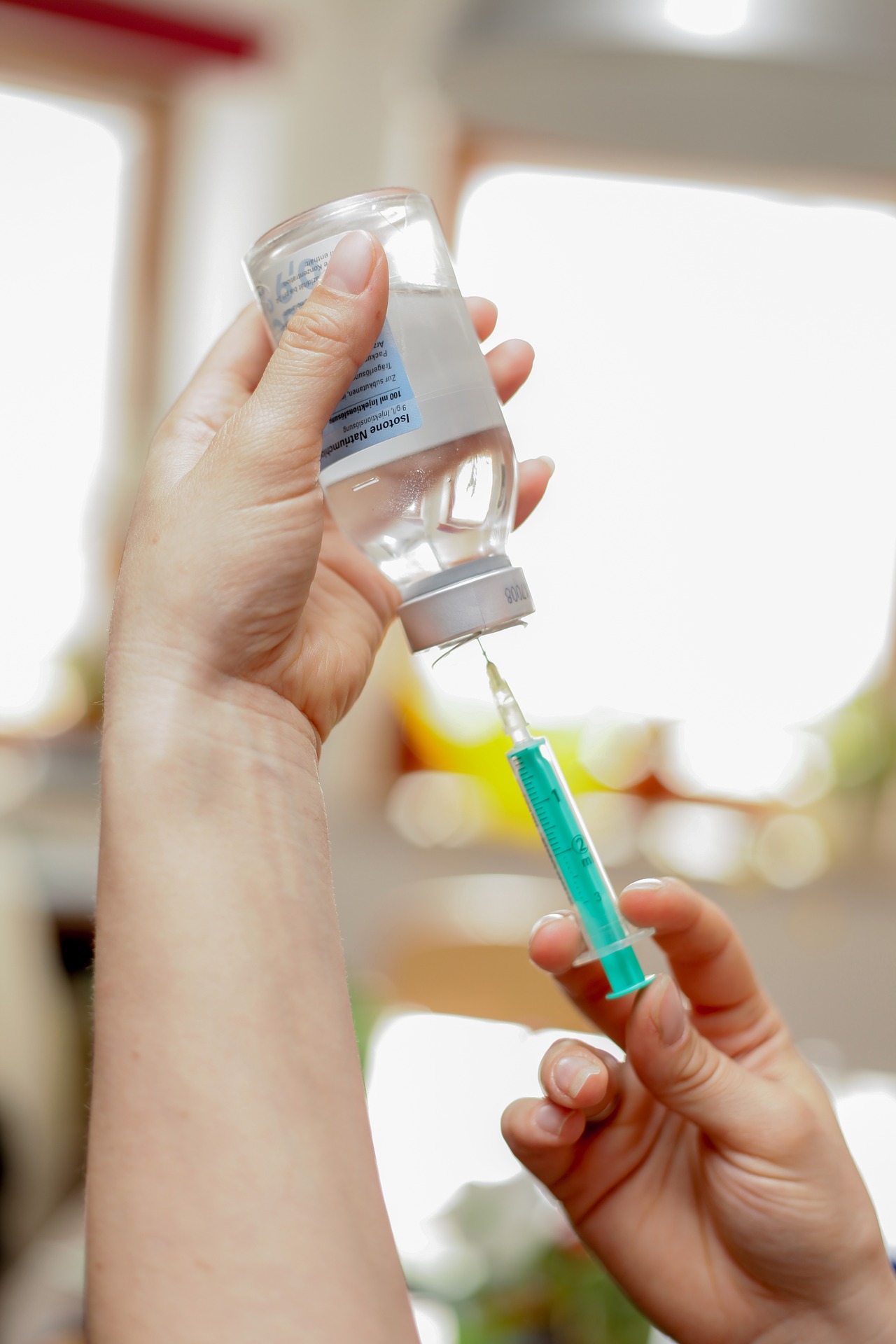Important Updates To Medicare: A Message To Pat...
Blog
Why Do I Have To Inject My Medicine? Understanding Route of Administration
- May 08, 2019
- Amber Specialty Pharmacy
- Health Tips, Inflammatory, Infusion Therapy, Other Conditions

If you’re prescribed a self-injected medication, it can be intimidating and scary at first. Many people wonder why they have to inject their medication instead of taking it in a pill form. The way medicine gets into your body matters. The term “route of administration” describes how you take your medicine. The route of administration changes how effective your medicine will be. Learn more about route of administration to understand why your doctor prescribed a self-injected medication.
Differences in Medication Routes of Administration
Medicine usually comes in the form of a pill that you swallow, but there are many different ways to administer your medicine. Some medicines come in creams that you rub on your skin. There are nasal sprays, eye drops, inhalants that you breathe into your lungs and medications that you inject into your body.
The chosen route of administration depends upon where the medicine needs to be and how quickly it needs to get there. Most medications use the bloodstream to travel throughout your body to reach their intended target. Certain forms of administration may be more effective than others, depending on each unique diagnosis.
Why Medication Administration Routes Matter
How you administer medication is an important part of the medication itself. Doctors, pharmacists and research experts devote a lot of time and resources to determine the best way to administer medications. Their decision depends on many factors. If the drug’s efficacy will be affected by stomach acid, the medication cannot be taken orally. When a medication needs to be absorbed faster or slower, that may change how it’s delivered. The molecular structure of a medication matters too. The size of a drug’s basic components can determine how the medicine should be administered. There are pros and cons of each route of administration. Researchers must find the right balance and determine which route of administration will be the most effective for you.
Why Some Medications are Self-Injected
Some medications work best when they are injected. Vaccines, such as the flu shot, are common examples of injected medications. Most people visit a clinic or doctor’s office when they need a vaccine or another kind of shot. However, there are several medications that can be safely and effectively injected at home by patients and caregivers. Self-injections are a convenient way for many people to get the specialty medication they need. These specialty medications may be used to treat arthritis, infertility, multiple sclerosis, psoriasis and a number of other common conditions. If you’re prescribed a self-injected medication, your doctor, pharmacist and healthcare team will make sure you have everything you need to successfully manage your treatment.
The Difference between Intravenous, Intramuscular and Subcutaneous Injections
The three most common ways to administer medication via an injection are intravenous (IV), intramuscular (IM) and subcutaneous (SC) injections. IV injections deliver medication directly into your veins, often through an IV drip or an IV pump. Intramuscular medications are administered into your muscle tissue. Common injection sites include the muscles in the upper arm, thigh or buttocks. When medication is delivered via an intramuscular injection, it’s absorbed into the body faster than it would be with a subcutaneous injection. When medication needs to be absorbed slowly over a period of time, subcutaneous injections can be a good option. Subcutaneous injections deliver medication to the layer of fatty tissue between your skin and muscle. These injections are typically administered in the abdomen, upper arm or buttocks.
A doctor or pharmacist will provide training on how to administer self-injections. If you have questions about how or where to administer your self-injection, the clinical experts at Amber Specialty Pharmacy can help.
Self-Injection Quick Tips
Here are some quick tips to make the self-injection process easier.
- Practice with your doctor, and ask about additional ways you can practice at home.
- Ask your doctor about auto-injector pens, which may be easier to use than a syringe.
- Rotate injection sites and avoid scar tissue. You should also avoid damaged skin from sunburn or other injuries.
- Ask your pharmacist to recommend numbing cream to apply at the injection site.
- Ask your pharmacist to help you recognize potential adverse reactions. You may experience itching, redness and other reactions at the injection site. You should know who to contact if you have questions about a reaction and when to seek medical attention.
- Reward yourself after an injection with colorful bandages or a special treat.
- Train your caregivers to do the injection. It can be helpful to have their support if you are uncomfortable or unable to administer you medication.
Tell your doctor and your pharmacist if you’re uncomfortable with needles. Your healthcare team can provide training and tips to make self-injections easier. In some cases, there may be oral medication substitutions available. If you are unable to administer self-injections, you and your healthcare team can work together to find the best treatment option for you.



